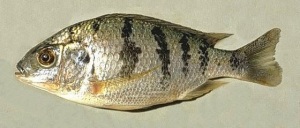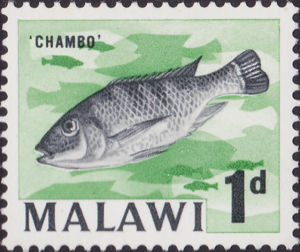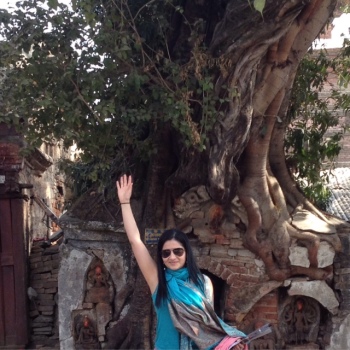
Lake Malawi-Malawi
Too many times I have heard that development aid implements millionaire programmes to tackle one issue and accidentally causes another problem. This time, I want to share with you the case of mosquito nets, lake Malawi and the endemic endangered Chambo fish. Imagine for a second this amazing lake full of fishes…. thousands of people depending on Chambo as a source of protein and as a source of income. Imagine now, a huge amount of mosquito nets impregnated with toxic pesticides (to kill the mosquito) been distributed in the country to prevent Malaria and other mosquito-transmitted diseases. Not a direct relation between these two facts right? well, these facts are very closely related…. People are sleeping without mosquito nets and are using the nets to capture baby Chambo fishes in the breeding areas. Such practice has almost driven the specie to extinction. Ooooops!!!?

Chambo fish
I am not saying that a strategy for preventing Malaria is a bad thing, because it is not! .. but c’mon people! let’s pay attention to the implementation process of such strategies. The solution is not to distribute mosquito nets without proper education and communication about how to use the nets appropriately. Let’s always be aware and prepared to mitigate the unintended consequences of our actions in any field. Luckily some actions have been taken to conserve the breeding grounds of the fish and people are now actively involved in the process. Local people are aware of the importance of protecting the baby Chambo fishes to ensure their food security and their jobs.




